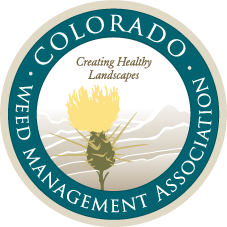Poison Hemlock
Conium maculatum
This species is in the carrot family (Apiaceae), the foliage and flowers resemble wild carrot and parsley.
All parts of poison hemlock are poisonous. Many deaths have occurred because of people misidentifying it as one of the edible species of the Apiaceae family. Even touching this plant can cause a serious reaction. Poison hemlock ingestion by livestock is often fatal. There is no antidote for hemlock poisoning.
Poison hemlock is a biennial. A rosette of fernlike leaves is produced the first year. Year two, the plant can shoot up to 9 feet tall and then flowers. It has smooth, hollow stems covered with purple splotches. The leaves are fern-like, flowers are in tiny white clusters.
Poison hemlock was introduced in the 1800s. It is usually found in moist soils but has adapted to dry.
As this plant reproduces solely by seed, the best control is to keep this plant from establishing, do not let it flower. Do not burn, as the smoke also will contain the deadly toxins.
Poison hemlock is a List C noxious weed in the State of Colorado. Poison hemlock is often confused with water hemlock (Cicuta douglasii). Both poison hemlock and water hemlock have a parsnip-like odor when the leaves are crushed.. Water hemlock is a perennial. Reproduction can occur by seeds or roots. Water hemlock is the most poisonous native species in Colorado. According to the Center for Aquatic and Invasive Plants it is “One of the most toxic plants known to man. While very similar in appearance to poison hemlock, the leaves of this plant are double to triple compound, giving them a hemp-like appearance.
Always use caution when touching any plant that has not been properly identified!




